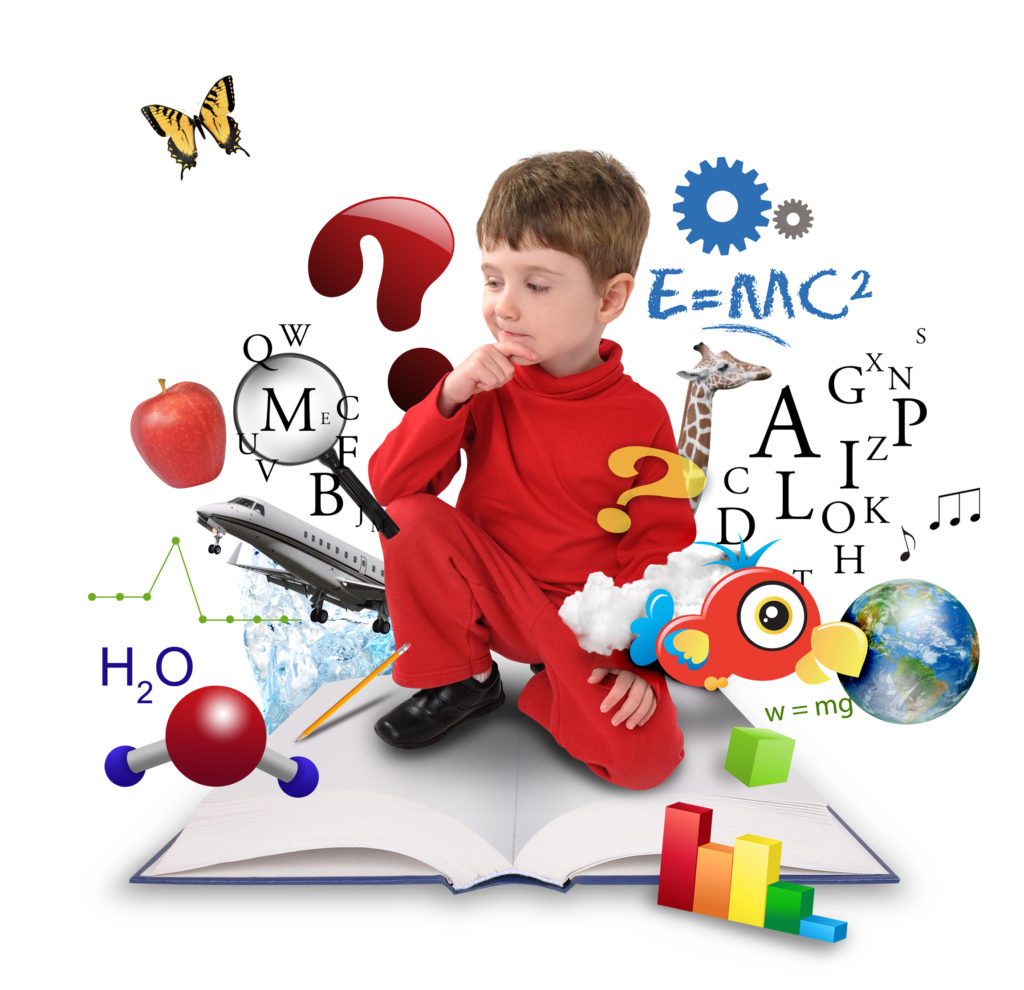Despite many years, technologies are still a classy button issue. Some educators and students love and make use of technology flawlessly each day, while some hate it and don’t see why they need to be expected to utilize it in any respect.

Additionally, complicating any discussion with the role of technology in schools could be the perceived inequality gap between rich and poor school districts. Some schools have endless practical information on new technology (think iPads and 3D printers), while other schools need to take what wealthier schools might disregard as old.
Similarly, supporters of technology point out that technology inside the classroom encourages independent learning, teaches real-world life skills (e.g. how to write e-mail, online etiquette), inspires creativity, helping students experiment in disciplines including science through the use of more using new tools.
On the other hand, critics of technology inside the classroom point out that it brings about distraction (in particular when students are checking Facebook rather than pay attention), fosters poor studying and research habits (e.g. just searching Google as opposed to really researching a subject using library resources), and may result in problems like cyber bullying or invasion of privacy.
What’s clear is a number of trade-offs associated with technology. Educators shouldn’t view technology being a panacea that will magically teach students the best way to read as soon as they get access to an iPad. And students shouldn’t view tablets, phones, and 3D printers simply as toys to prevent the actual work of studying.
That’s why the main element determine any discussion about technology inside the classroom (and out of your classroom) could be the teacher. If your Visa for teacher in US would like to supplement an in-class lessons with web resources, he has to also be sure that all students have equal entry to those resources. Some students may reside in a home with entry to multiple computers and tablets, while some might reside in a home where there isn’t any entry to this technology.
The purpose of technology is always to make learning quicker and simpler for those students. Knowning that can often mean challenging many assumptions about how students learn best. By way of example, one trend within the U.S. educational system is “flipping the classroom,” in which online learning plays a vital role. Unlike the original classroom, where lectures take place during the school days and homework gets done at night, a “flipped classroom” implies that students work with teachers on homework during the school day then watch video footage lectures at night.
And there’s another factor that has to be taken into consideration, and that’s the capability for technology to get ready students for your realm of the near future. That’s the reasons why U.S. educators are actually watching information technology and coding – they’ve got even described coding/programming being a new fundamental skill inside the digital economy, right close to literacy. In this instance, of course, it can be computer literacy that means something.
Whether it’s online education, iPads, gaming or BYOD, technology can play an important role later on development of education. It’s very important to any teacher to be aware of the various issues at play anytime they introduce technology in the lesson plan and also the overall classroom experience.
To read more about Visa for teacher in US browse this popular web portal: read
